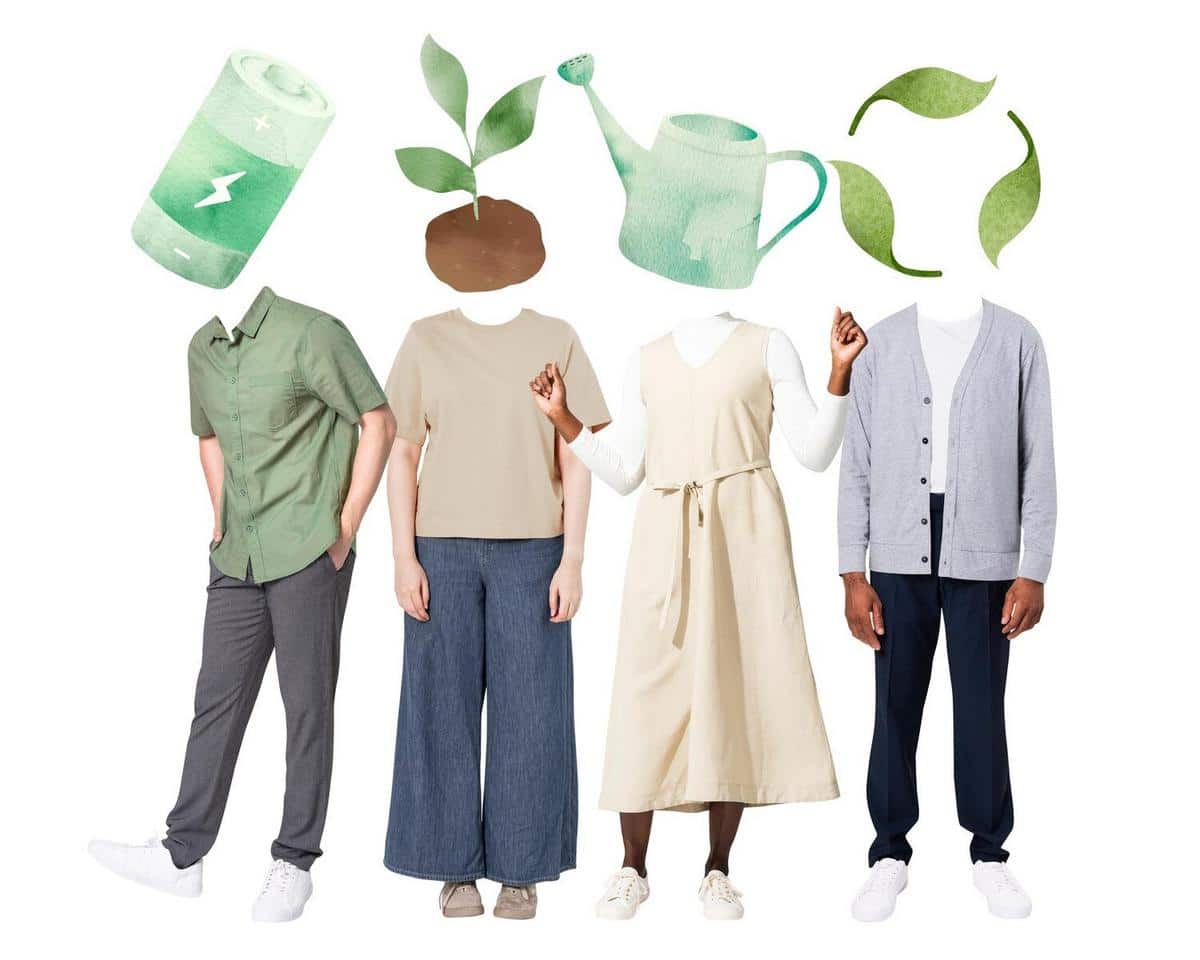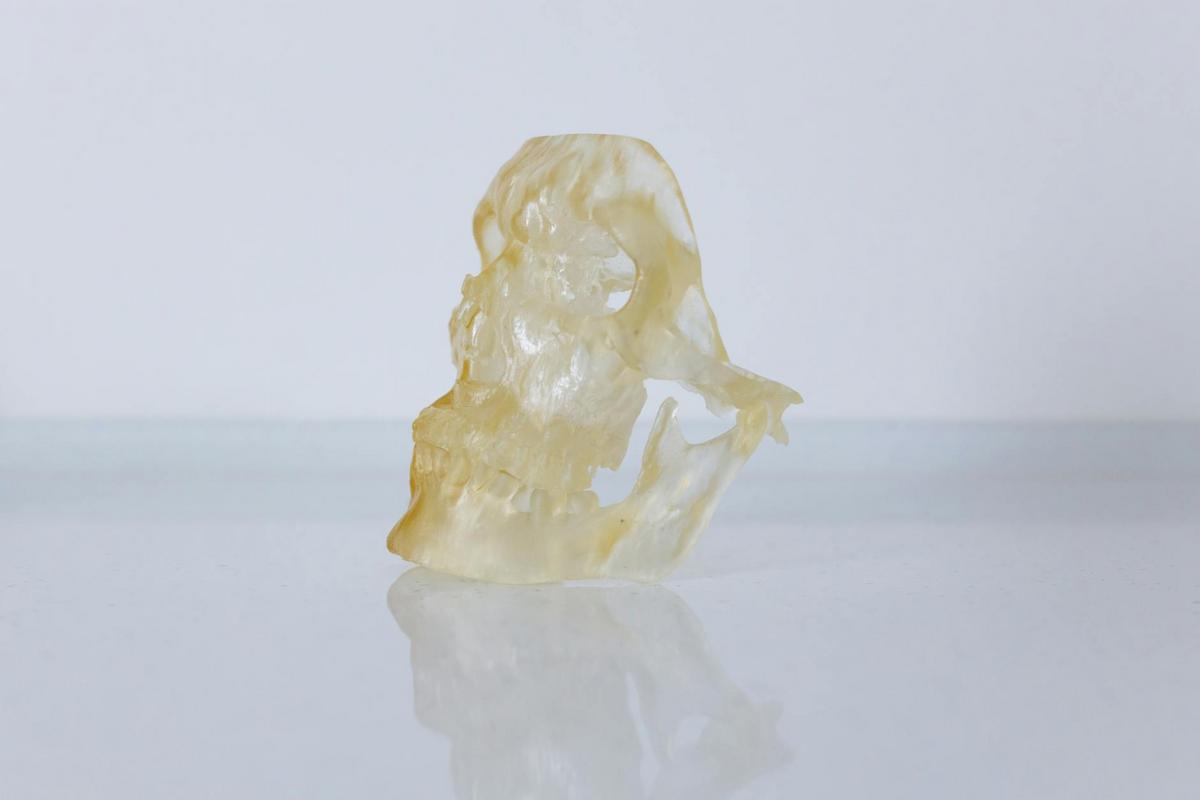
Sustainability in Contemporary Art Practices
The intersection of sustainability and contemporary art practices is gaining significant momentum, as artists and creators are increasingly aware of their environmental impact and the role of art in advocating for ecological responsibility.
Exploring Sustainable Art Practices
Contemporary artists are pioneering ways to integrate sustainability into their work, emphasizing the importance of eco-friendly materials and processes. This shift not only reflects a growing environmental consciousness but also enriches the cultural narrative, providing new dimensions for artistic expression.
Expert Opinions
Art historian Dr. Emily Lang notes, “Contemporary art has always mirrored societal changes, and sustainability is a crucial issue of our time. Artists adopting green practices are leading by example and challenging the status quo.” Such insights highlight the innovative spirit driving this movement.
Statistics & Research
A recent survey by the International Eco-Art Network found that over 60% of contemporary artists consider environmental impact when creating their work. This figure underscores the increasing priority given to sustainability in the art world.
Examples of Sustainable Art
One artist known for their sustainable approach is Alex Thompson, who utilizes reclaimed materials to craft stunning sculptures. Thompson’s work is a testament to how discarded items can be transformed into thought-provoking art, challenging viewers to reconsider their consumption habits.
Actionable Tips for Artists
- Choose eco-friendly materials, such as water-based paints and recycled canvases.
- Incorporate found objects into your art to reduce waste.
- Opt for digital exhibitions to minimize the carbon footprint associated with physical displays.
Consider collaborating with local communities to source sustainable materials and share knowledge on green practices.
Art and Community Engagement
Artists can inspire communities by hosting workshops and exhibitions that focus on sustainability. These events offer a platform for dialogue and education, fostering a collective effort toward ecological mindfulness.
Additional Resources
For further reading, visit the Artsy article on sustainable practices in contemporary art. This resource provides a comprehensive look at current trends and innovations.
Frequently Asked Questions
How can artists measure their environmental impact?
Artists can assess their impact by tracking material usage, energy consumption, and waste production. Tools like carbon calculators can help in this process.
Are sustainable art practices more expensive?
While some eco-friendly materials may cost more upfront, the long-term benefits often outweigh these costs. Additionally, using reclaimed materials can reduce overall expenses.
Conclusion
Sustainability in contemporary art practices is not just a trend but a necessary evolution in how art engages with the world. By adopting sustainable methods, artists can contribute to ecological conservation while advancing their creative vision. As we move forward, embracing these practices will play a pivotal role in shaping a more sustainable future for both art and the planet.


